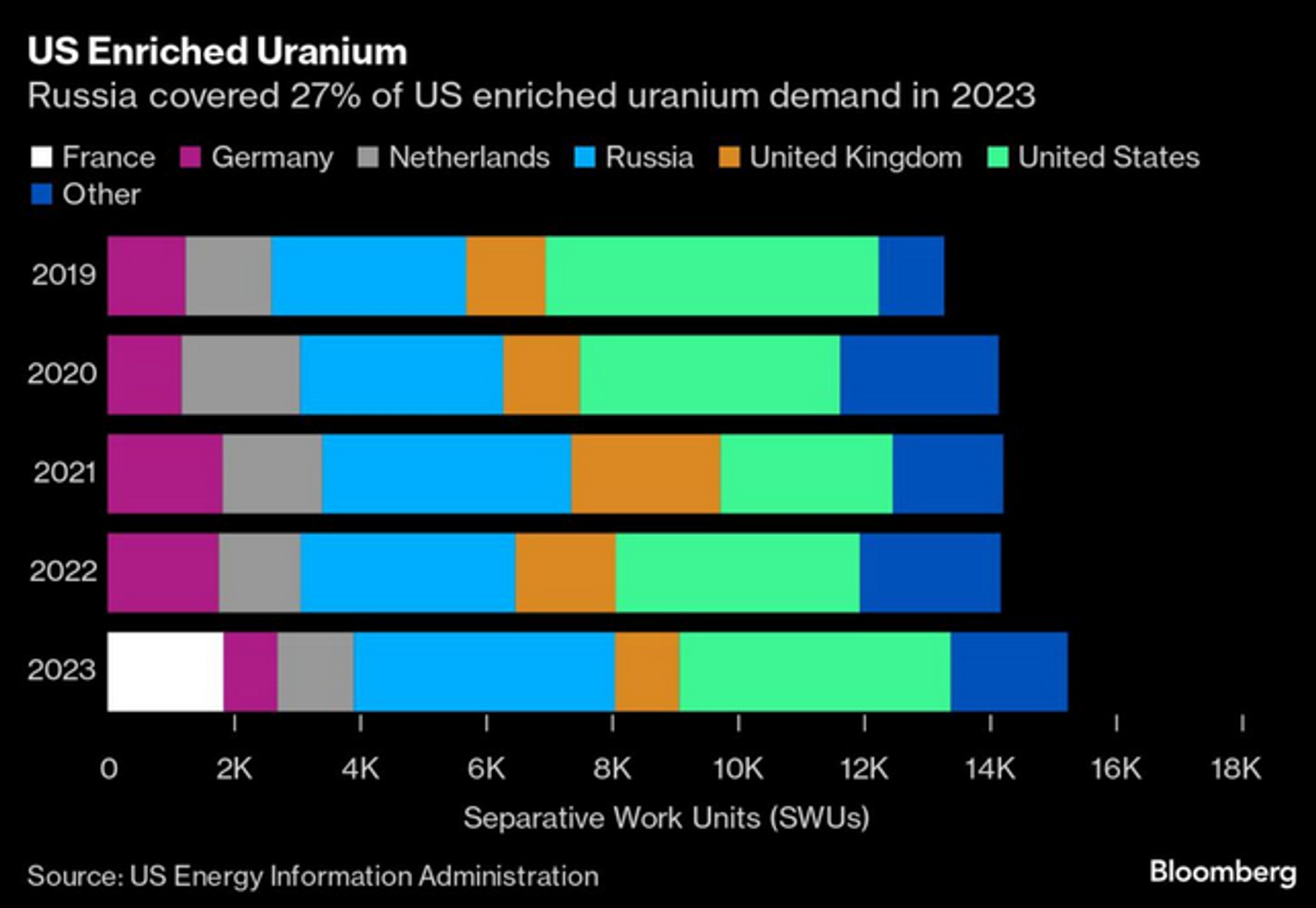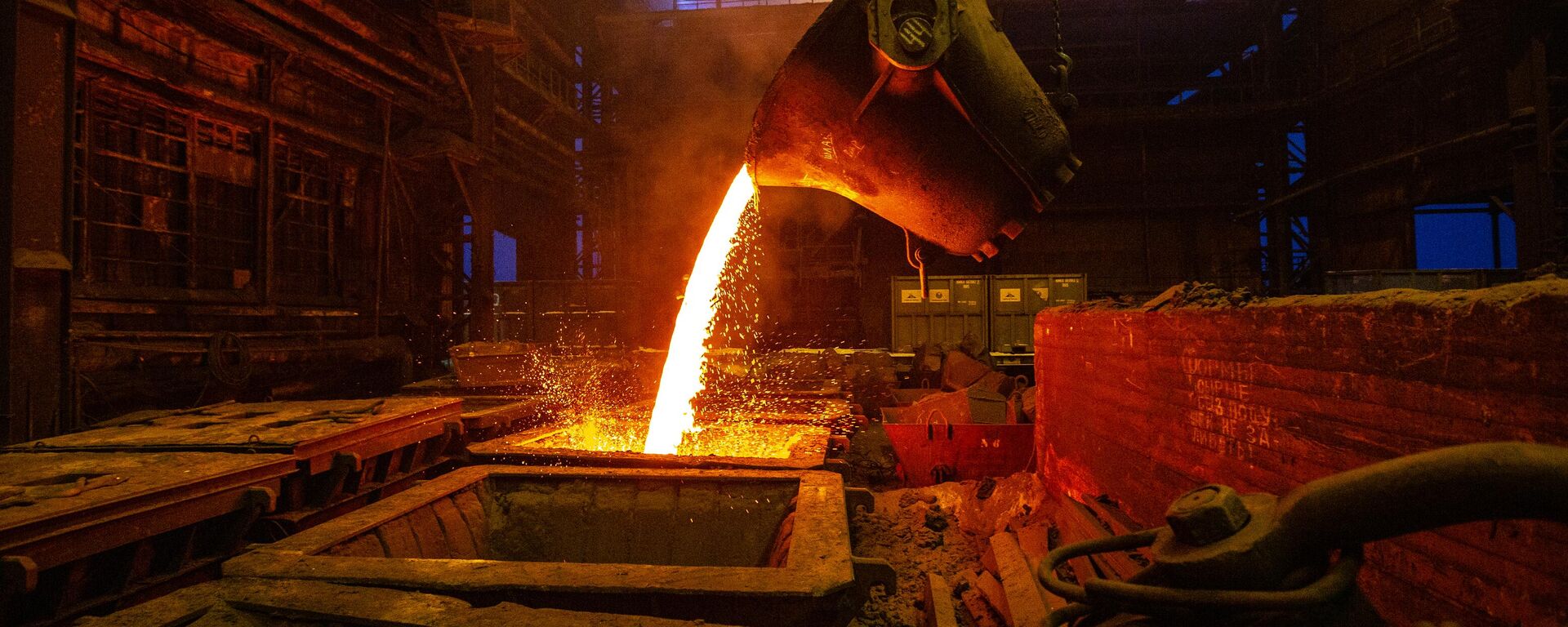Russia Cuts Uranium Exports to US: What’s Next?

© AP Photo / Dmitry Lovetsky
Subscribe
The Biden administration enacted legislation banning supplies of "unirradiated, low-enriched uranium that is produced in the Russian Federation or by a Russian entity" earlier in the year, turning a deaf ear to concerns voiced by US nuclear operators and nuclear fuel market participants.
The Russian government has imposed temporary restrictions on the export of enriched uranium to the United States. Companies can still export uranium to the US under one-off licenses issued by the Federal Service for Technical and Export Control.
This was a tit-for-tat move after the Biden administration signed a law banning Russian uranium imports until 2040, with exceptions allowed until 2028, despite warnings that the move could backfire on the American economy.
What Repercussions Could Russia’s Ban Have?
Russia is the world's largest supplier of enriched uranium. It accounts for about 44% of the global capacity to separate the uranium isotopes needed in nuclear reactors. Its share of the enriched uranium market boasts an estimated export value of $2.7 billion.
Russia’s measure may generate potential supply risks to utilities operating American reactors.
Russia covered 27% of US enriched fuel demand in 2023, with purchases worth $574 million. This is down by nearly 32% from a year ago, according to US statistics.
Russia was America’s top foreign supplier of fuel for its commercial nuclear reactors in 2022.
Some reactor operators may struggle to find an alternative supplier, said Jonathan Hinze, president of nuclear fuel market information and analysis company UxC.
The US has its own deposits of uranium, but its domestic enrichment capacity has been in decline. Biden’s bill banning imports of Russian enriched uranium also provided some $2.7 billion in federal funding to build new enrichment capacity in America.
Currently, the US has just one commercial enrichment facility in New Mexico, owned by a British, Dutch and German consortium, Urenco Ltd.
Urenco’s US unit supplies about one-third of the enriched uranium used in American reactors.
“We don’t have enough enriched uranium here… They should have been stockpiling enriched uranium in anticipation of this happening,” nuclear analyst Chris Gadomski told BloombergNEF.

Screenshot of chart showing sources of US enriched uranium.
© Photo : US Energy Information Administration
What About Prices?
Restrictions on uranium supplies may affect prices as this automatically increases demand from other sources, where the enriched fuel has not yet been produced in the required quantity, analysts warn.
Bids for November 2025 uranium delivery soared $4 to reach $84 a pound after the news, per UxC.
Shares of other uranium or uranium-related companies have surged. Shares of Canada’s Cameco Corp. jumped by 6%, and those of US’ Ur-Energy Inc. and Uranium Energy Corp. rose by 10% and 13%, respectively.
Russia's nuclear reactor construction clout could nullify US uranium ban
— Sputnik (@SputnikInt) August 12, 2024
The waiver loophole contained in the US ban on Russia’s enriched uranium that just entered into force stems from purely economic rationale, Valeriy Menshikov, member of public council of “Rosatom”… pic.twitter.com/bqKNsZogXP
Russian President Vladimir Putin has asked the government to consider restrictions on the export of strategic materials like nickel and titanium in response to Western sanctions policy, emphasizing that restrictions should be considered so long as “this does not harm us.”


